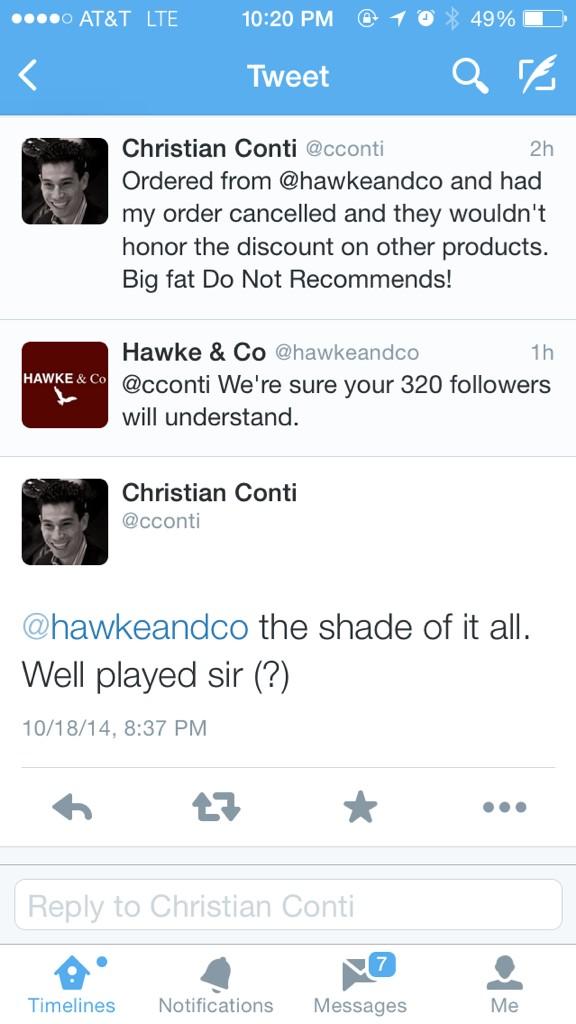
Luxury Brands and Social Media – Do and Don’ts
Mistake n°1: Posting Too Much on Social
Screenshots from the Facebook & Twitter accounts of Tesla Motors
Top performers like Tesla and Cartier focused on social media marketing that emphasized quality over quantity, ensuring each post was carefully crafted and timed for maximum impact. Take a look at the Facebook and Twitter posts above, Tesla has put more thought into how to present their brand on social in interesting and innovative ways through video content. This reserved communication style goes well with the general image of the luxury industry that tries to highlight the unique and exclusive nature of their products.
Mistake n°2: Shying Away from Videos
Screenshot from the Instagram account of Chanel
One of the key factors behind Chanel’s victory over Dior in their social media marketing head to head was the brand’s successful video strategy. In January 2015, Chanel held its Haute Couture fashion show and successfully promoted the event by providing its social media fans with a unique VIP perspective. The video content was customized for each platform and prominently displayed the brand’s best ambassadors, such as Gwyneth Paltrow. On Twitter the video lasted 2.5 mins and drove 7,841 retweets and on Instagram it was just 14 seconds but generated 184,000 likes and 3,100 comments. Both posts were among Chanel’s top performing over the period measured.

The Talkwalker virality map shows how Chanel’s video tweet about its Haute Couture Show rapidly spread across the globe
Mistake n°3: Failure to Gather Competitive Intelligence
If you want your social media marketing campaign to be successful, you need to know who your audience is and what content will give you the edge on your competition. Using Talkwalker social media analytics, we were able to determine, for example, that the Swiss luxury watchmaker Tag Heuer had a more international audience than competitor Hublot, whose main audience is located in Switzerland. This type of social insight helps brands target campaigns more accurately to match audience interests.
Mistake n°4: Not Respecting Your Customers
Your social media marketing campaigns will bring customer comments, positive and negative; these must not be ignored, they’re vital to your brand’s growth.
By ignoring or deleting, you’ll add fuel to the fire. The average Facebook and Twitter follower has 100+ followers, and they’ll be happy to share their frustration.
You may feel the complaint is unfair and fight back, get angry. But you’ll need to be prepared for more negativity directed towards your brand.
Apologize, but you have to mean it and offer a real solution. According to LiveOps, 85% of consumers feel that how a brand handles issues on social, is a good indicator of its quality of support.
The customer is always right, even when they’re wrong. And remember, with social media you’re on stage, there’s an audience watching and judging everything you do.
US clothing retailer, Hawke & Co, decided to fight back following negative feedback from a customer. Its sarcastic and disrespectful response angered users and more negative comments followed. The company quickly deleted its tweet but the damage was done, and the comments were shared by hundreds of followers.
Will you be buying from a brand that belittles its customers in this way?
Mistake n°5: Piggybacking Trends in Poor Taste
A proven social media marketing method is jumping on a trending hashtag. It’s a great way to share your message with a larger and more diverse audience. Research is essential, check what the hashtag represents, and then check again.
Fashion designer Kenneth Cole tweeted:
“Millions are in uproar in #Cairo. Rumor is they heard our new spring collection is now available online at…”
His tweet, that appeared to make light of the protests in Egypt in 2011, received negative feedback. The designer later deleted the tweet and apologized on Twitter and Facebook.
Following the devastation created by Hurricane Sandy in 2012, Gap saw its opportunity and tweeted:
“All impacted by #Sandy, stay safe! We’ll be doing lots of Gap.com shopping today. How about you?”
Horrified customers quickly responded and Gap removed the tweet and posted a half-hearted apology which received further negative comments due to its lack of sincerity.
For more insights about the luxury goods industry and social media marketing, read our case study “ 9 Awesome Content Marketing examples by Luxury Brands“




 Previous Post
Previous Post Next Post
Next Post


